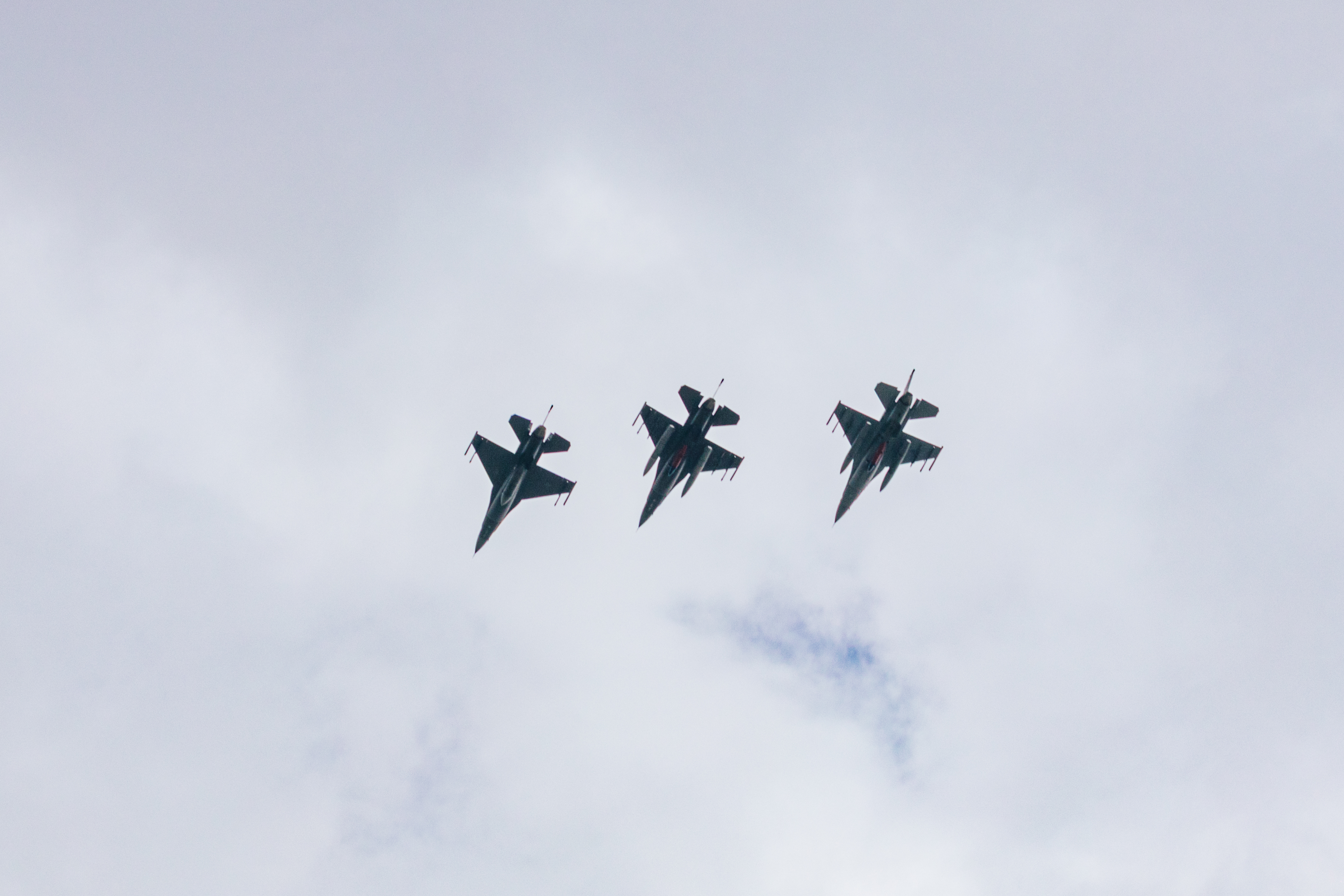20/20 vision: Ensuring others experience
an incentive flight like I did
At the optometrist in Springfield, Virginia, in the fall of 1986...
Optometrist: “Read the smallest letters from the chart.”
Chuck: “E.”
Optometrist: “OK, try the second line.”
Chuck: “I can’t. It’s too blurry.”
Mom: “Oh, come on, Chuck. Be honest.”
Chuck: “Really Mom, all I see is the E.”
The optometrist flips a few switches on the device.
Optometrist: “Mrs. Holland, come here and have a seat. This is what your son sees.”
Thus began a series of thicker and thicker glasses correcting an eventual -5.5 diopter in each eye. Thank God for polybicarbonate as future iterations get thinner and eventually contacts, but even early on, I knew being a pilot wasn’t in the cards.
I grew up fascinated by space aided by my father’s “career-broadening” USAF assignment at Space Division in L.A. and further fueled by the constant news of Shuttle missions. Atari games focused on space, including one called Space Shuttle, and space-themed Lego sets dominated my imagination. As a son of a pilot, I wanted to follow in his footsteps at the Air Force Academy. However, I knew that a nonrated track awaited.
Fast forward to summer 1997. I was a rising two-degree cadet and luckily drew Eglin AFB, Florida, as my base for Ops Air Force. I shadowed several officers in fields ranging from communications, acquisitions, JAG, civil engineering and maintenance as, again, I knew I was not pilot-qualified, so I concentrated on nonrated Air Force Specialty Codes.
Eglin was home of Air Force Materiel Command’s 85th Test Wing, where I was offered an incentive flight on an F-16. Jumping at the chance, I knew this may be my one and only opportunity to fly in a fighter jet. My pilot was a fellow USAFA grad and put me through the paces. I am happy to report that, while I did not have the eyes of a pilot, I had the stomach of one!
That flight remains a core memory and by far the most impactful experience that summer, and that is because I knew I was going to end up with an AFSC that likely supported flying operations in some manner. But I would not be a pilot myself.
So, what may sound like a sob story was actually the genesis of my current and passionate desire to ensure cadets with similar circumstances are given the same opportunity I had. I arrived at my final duty location, National Reconnaissance Office HQ, in the summer of 2020. I learned then that NRO sponsored a robust intern program, and the 2021 class consisted of two USAFA Class of 2022 cadets. I met and spoke with then-C1C’s Kaitlin Roberts and Connor Slattery and learned about the amazing work they were doing with their respective assigned directorates. I also learned that neither had an opportunity to get an incentive flight during their previous Ops Air Force summer program, and it was at that moment I realized I still had a strong network down at Langley AFB, Virginia, where I had completed a four-year tour as the Air Combat Command NRO senior field representative.
The A3 and the commander of the 1st Fighter Wing were both grads and happy to endorse incentive flights for the NRO USAFA cadet interns. Both cadets were able to make the three-hour trek south to Langley, receive medical clearance, partake in flight ops briefs and take to the skies in T-38s acting as aggressors for the F-22 squadrons.
C1C Roberts later sent me a thank-you note, writing, “I am so thankful for the T-38 ride! It was one wild ride! I’m not sure how I ever would have been able to get and incentive fight without your help so thank you!”
Now 1st Lts. Roberts and Slattery have since completed advanced degrees and taken engineer positions in the Geospatial Intelligence and Signal Intelligence directorates, respectively working to acquire the nation’s next-generation optical and RF collections systems. 1st Lt. Roberts is also currently deployed to CENTCOM at Al Udied AB, Qatar, in support of combat operations. 1st Lt. Slattery recently commented that he “was able to experience the real-time, quick-thinking expertise of a trained U.S. Air Force fighter pilot and understand the importance of our pilots and their mission. This has led me to pursue a career field where I get to directly assist our pilots and other military assets in many different theaters of combat and military operations as a member of the NRO and engineering community.”
Building on that success, I have endeavored to give future NRO summer interns the same opportunity. Luckily, the strong USAFA grad network has come through in spades! Spanning the pilots to the A-staff general officers, each summer I’ve been able to find grads happy to make incentive flights happen!
This last year was the most successful effort to date, getting all five cadets up in the air. Here’s a little bit about each of these future Space Force leaders!
C1C Rylee Au, CS-32
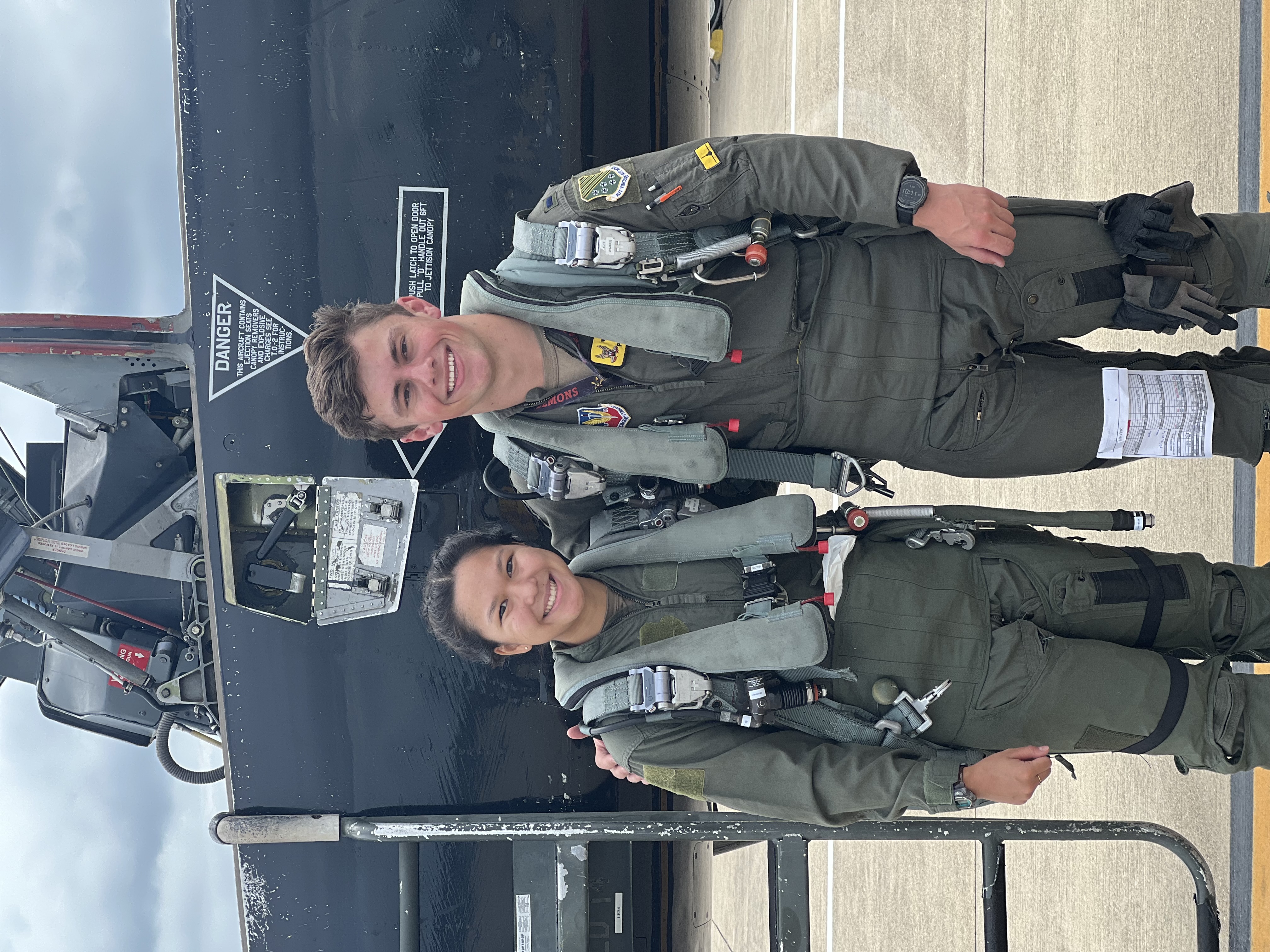
Major: Data Science
Branch: U.S. Space Force
Worked in NRO Ground Enterprise Directorate, Integrated Intelligence Systems Program Office, Cosmic Horizon team. Completed numerous projects such as all-source intelligence analysis on Middle East conflict dynamics and developed innovative AI-driven solutions, including an automated collection tool and a standardized evaluation framework for Large Language Models. Also integrated LLM capabilities into Microsoft Outlook to enhance communication efficiency and briefed senior leadership on key initiatives. Hopes to attend grad school upon graduation.
C1C Jacob Ellis, CS-13
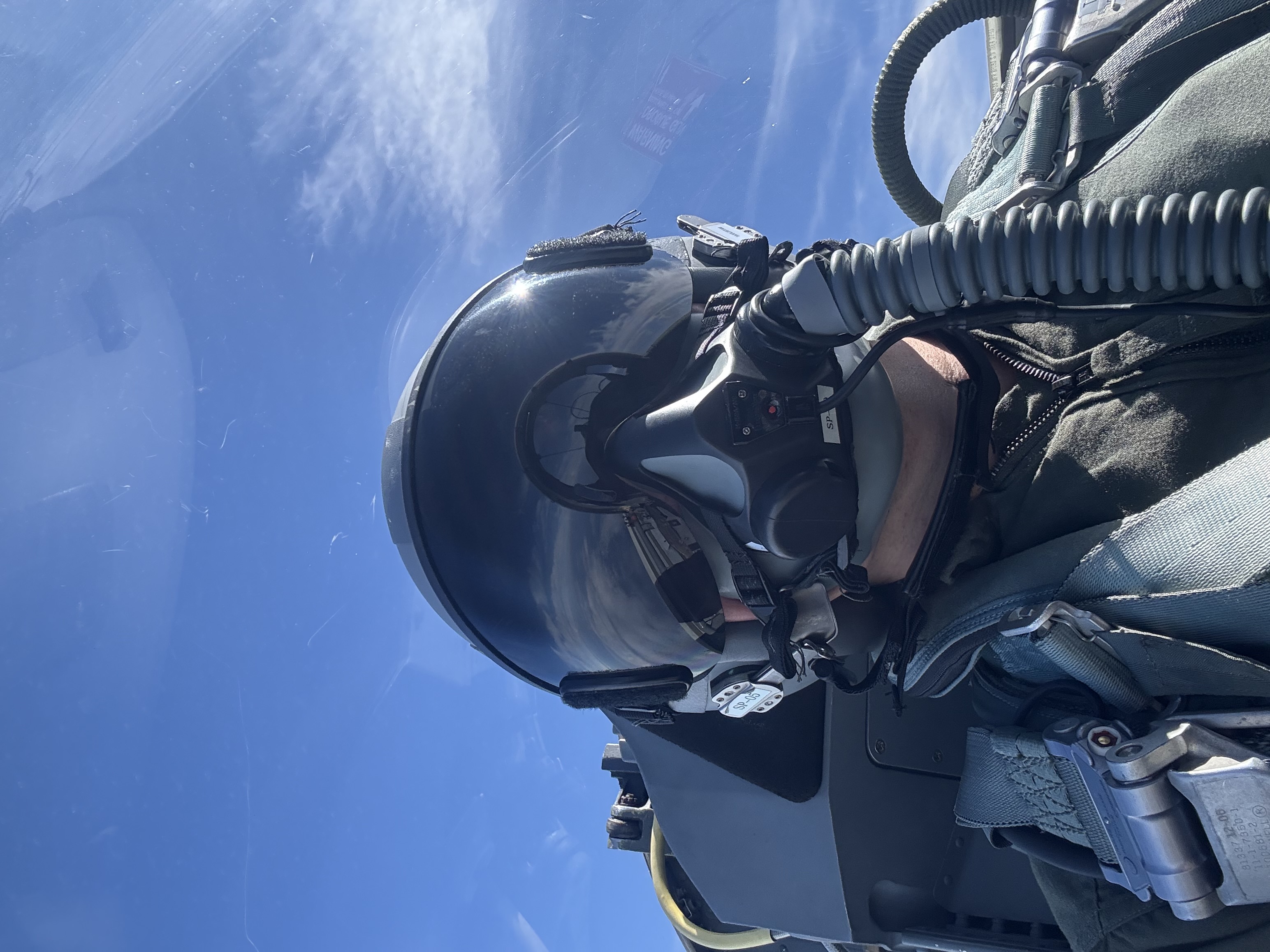
Major: Operations Research
Branch: U.S. Space Force
Worked in NRO Systems Engineering Directorate Office of Enterprise Analysis and learned how the 15A career field works in real-world settings, while also working on his own project.
C1C Michael Pelletier, CS-36
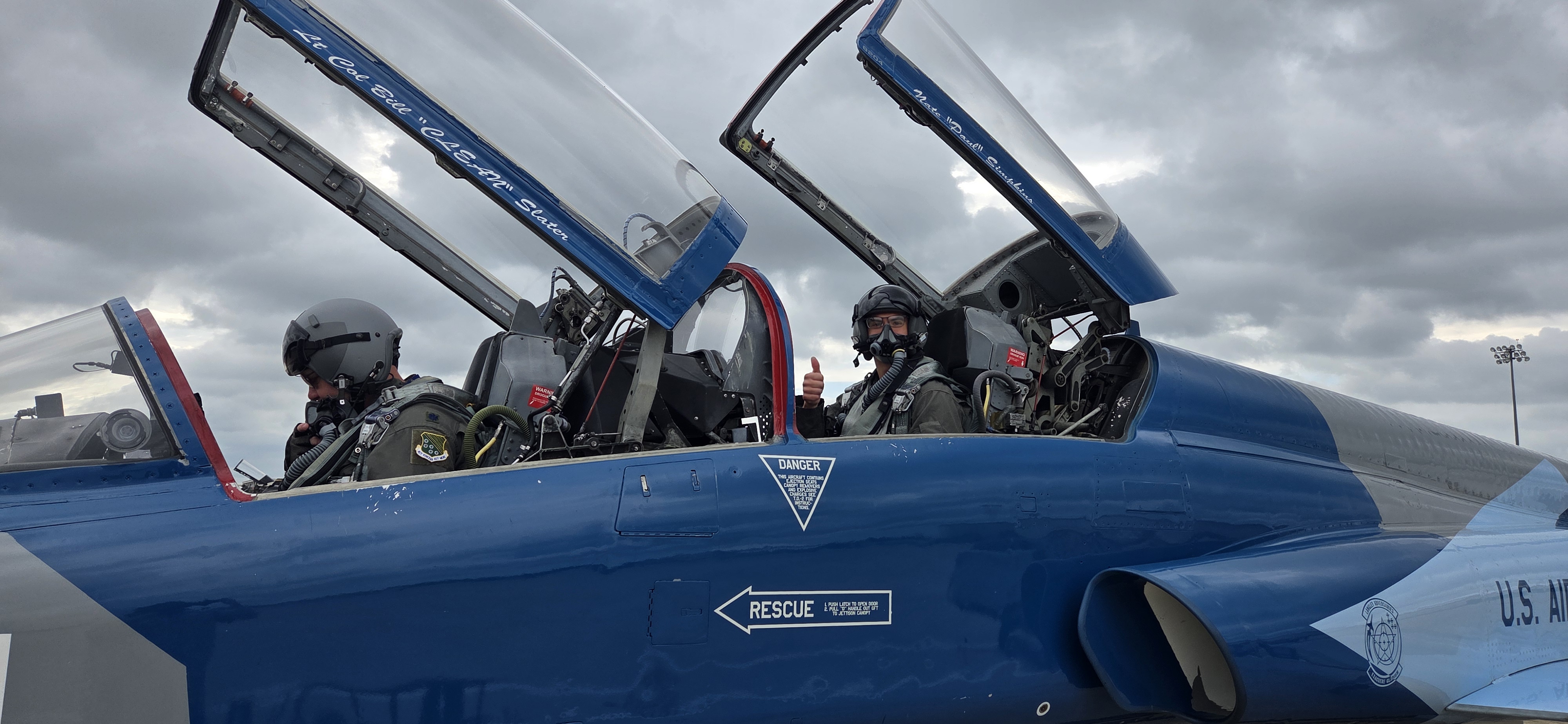
Major: Astronautical Engineering
Branch: U.S. Space Force
Worked with NRO Advanced Systems and Technology Directorate and investigated the ongoing struggle of the U.S. to maintain global superiority in the space domain amid China’s aggressive advancements. Hopes to be doing Space Engineering or Space Operations upon graduation.
C1C Jennifer Rieman, CS-27
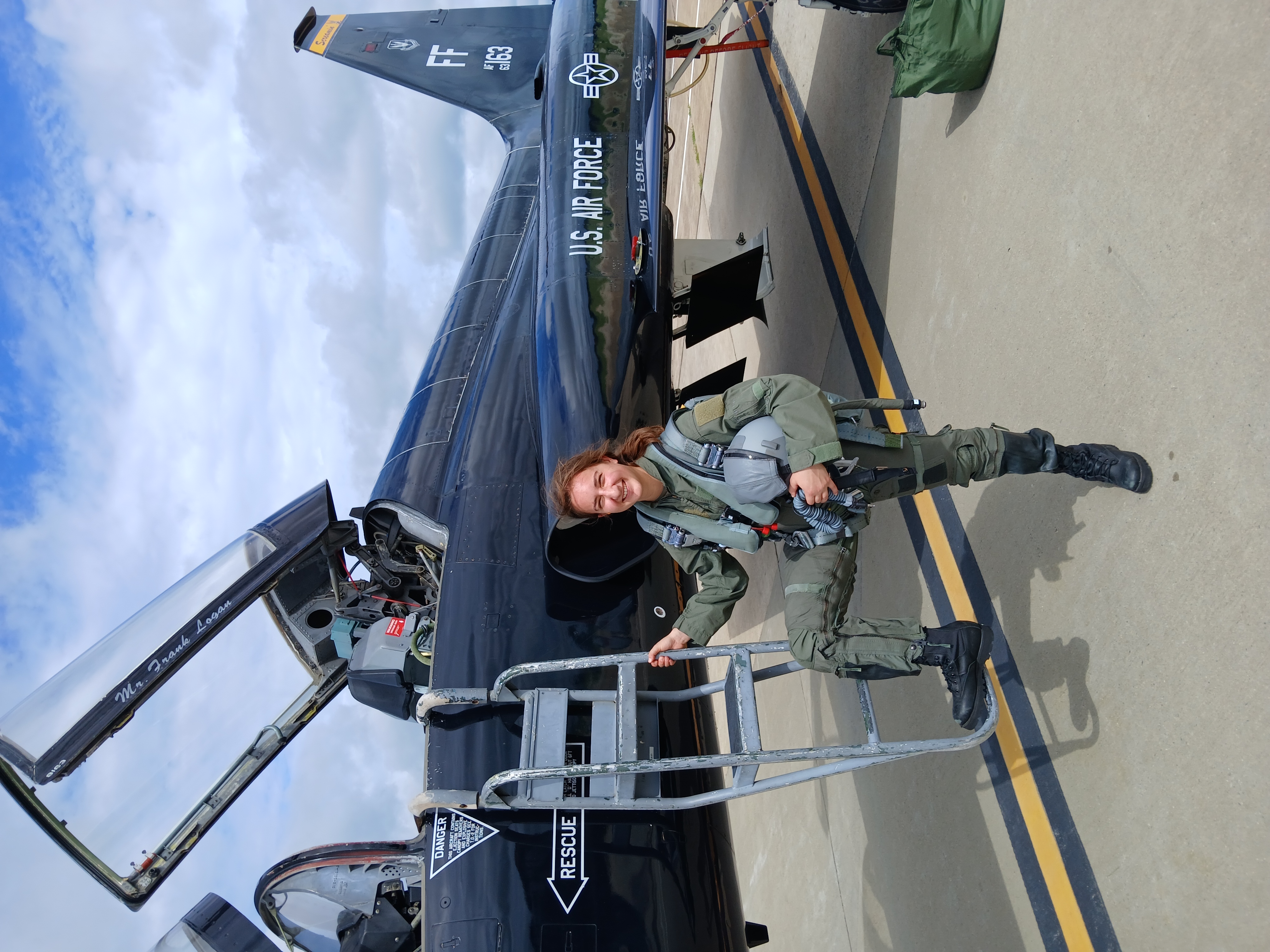
Major: Astronautical Engineering
Branch: U.S. Space Force
Worked in NRO Advanced Systems and Technology Directorate and investigated the ongoing struggle of the U.S. to maintain strategic superiority in the space domain amid China’s aggressive advancements. Upon graduation looking forward to commissioning into the USSF and heading on to USSF training.
C1C John Stevenson, CS-16
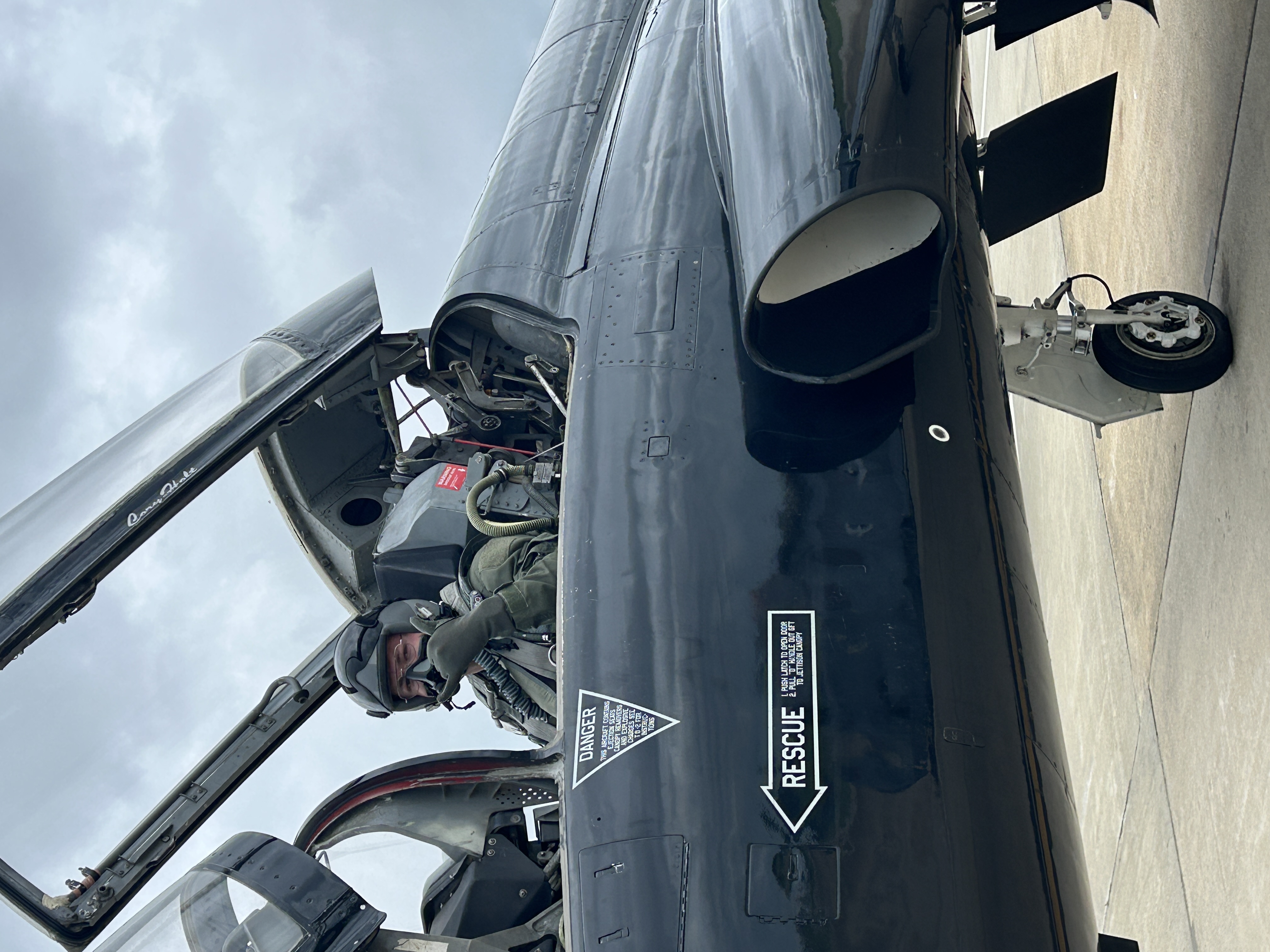
Major: Systems Engineering (Human Factors emphasis)
Branch: U.S. Space Force
Worked in NRO Advanced Systems and Technology Directorate in Innovation and Discovery Office and Accelerate Systems Program Office. Continued Cadet Reiman’s and Pelletier’s presentation revolving around Domain Dominance through writing up both Top Secret and Secret level reports to disseminate to all those who may find interest in it throughout NRO to prime a future-focused mindset. Not fully set on which specific SFSC but heavily interested in Ops, Intel and Acquisitions.
For additional information about the National Reconnaissance Office’s opportunities for cadets and young officers interested in developing, acquiring, building and operating the world’s elite space ISR capabilities, inquire at the link here.

